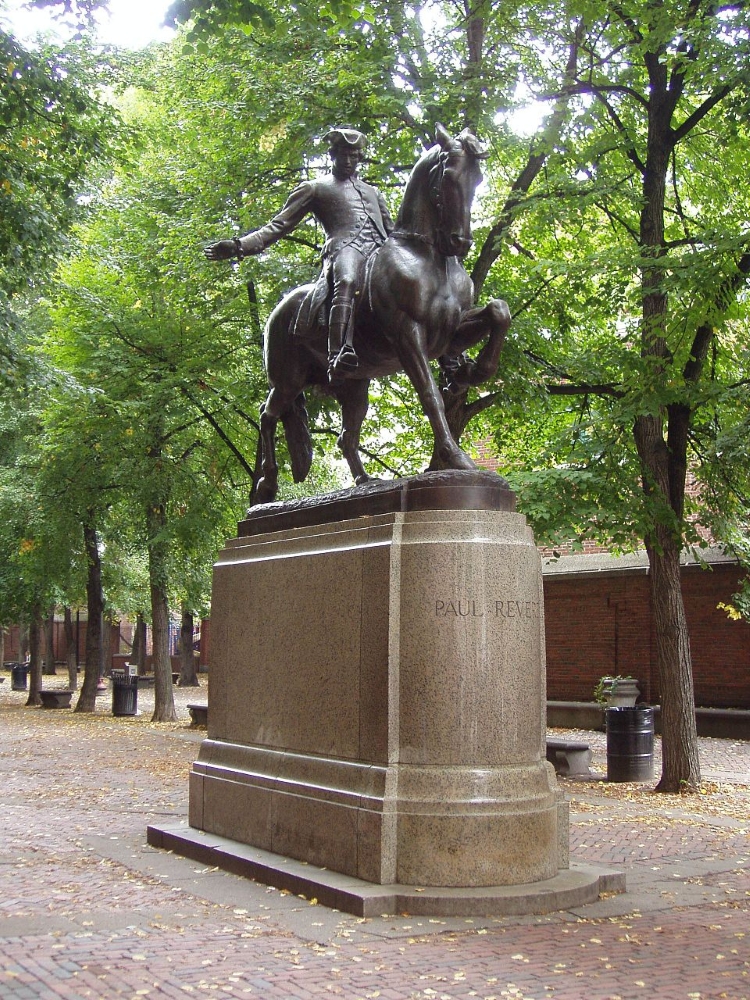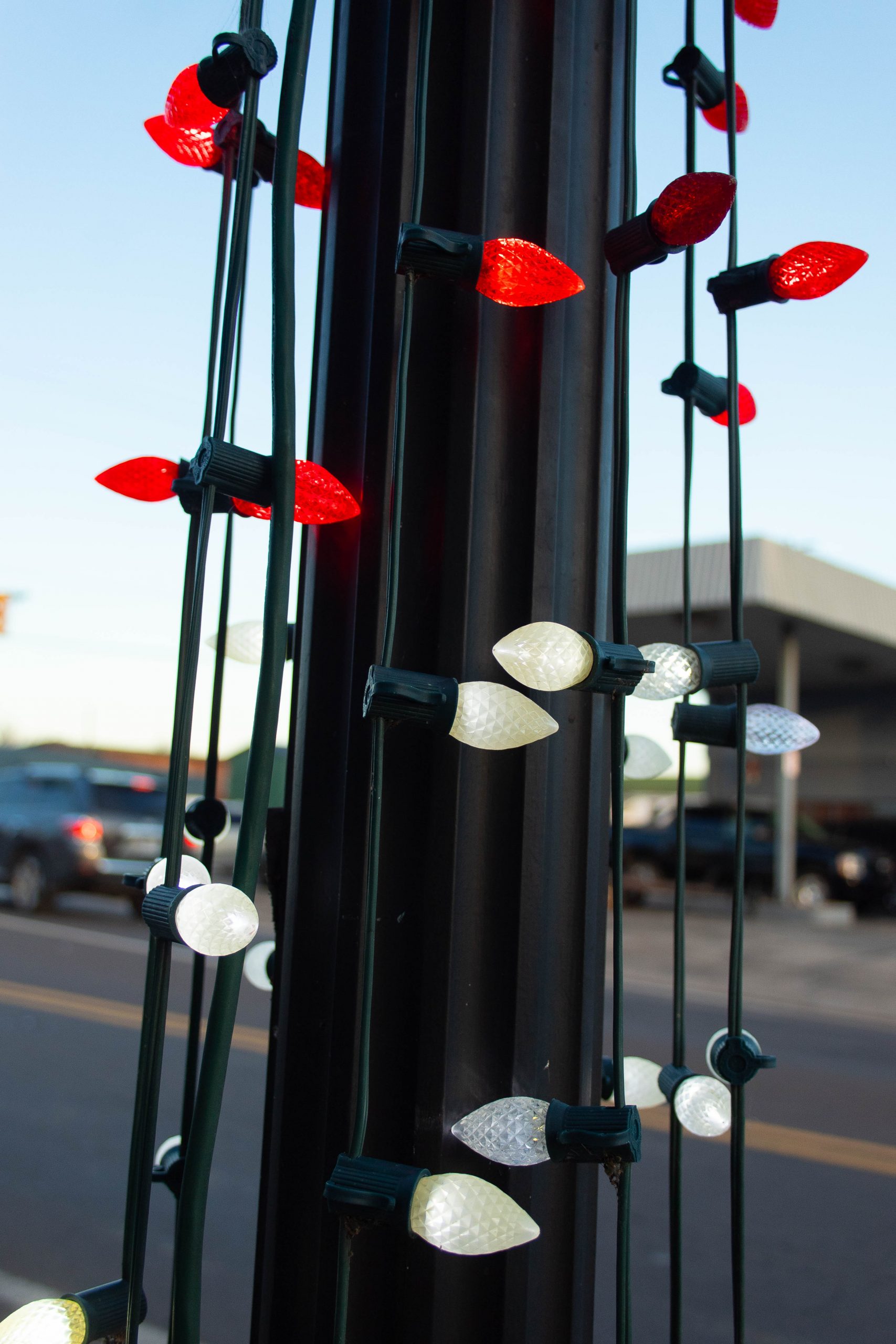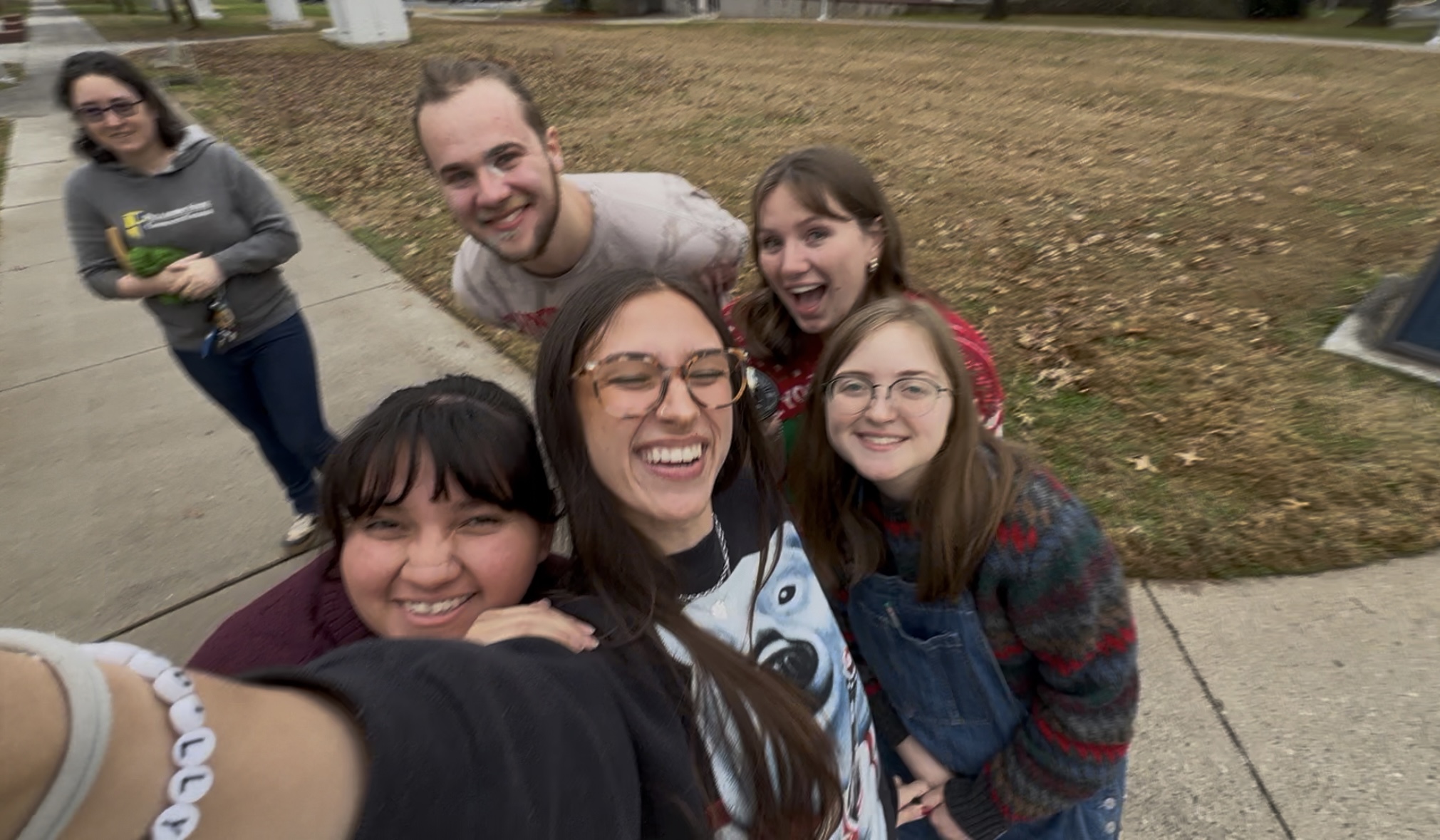By Patrick Dobyns, Editor
“Listen, my children, and you shall hear
Of the midnight ride of Paul Revere,
On the eighteenth of April, in Seventy-Five…”–Henry Wadsworth Longfellow

This Eighteenth of April will mark the 250-year anniversary of perhaps one of the most celebrated and mythologized accounts preceding the American War of Independence: when Paul Revere, a member of the Sons of Liberty, took to the rural streets of Massachusetts to warn the Minutemen “the British are coming!”
It’s a story we all know… but maybe not as well as we think we do. The full story is often neglected or forgotten in favor of the romantic image of a lone patriot risking his life to call for arms, while, in reality, the feat was certainly not accomplished on his own.
Massachusetts had been, from the British perspective, a troublesome colony for a while. In 1770, a mob of colonists attacked a regiment on King Street, provoking the soldiers to fire on the crowd, killing five; this incident would soon be called “the Boston Massacre.” In 1773, after a new tax was placed on all imported tea products, the Sons of Liberty, a group of rebels who opposed the taxes and laws of the British government, organized a raid on vessels docked in Boston Harbor, destroying and dumping nearly £10,000 worth of tea (roughly worth $1.7 million today).
After this, the British Parliament decided to revoke the colonies’ right to self-governance, instead appointing an unelected colonial governor. General Thomas Gage was instructed to punish and strip the people of Massachusetts of their rights, dissolving the Provincial Assembly.
Unsurprisingly, the colonists who seemed to have an issue with arbitrary authority ignored the order of dissolution. In October of 1774, John Hancock would lead the first meeting of the Provincial Congress, which took on the responsibilities of a typical governing body – taxation, supply, and raising a militia force known as the Minutemen – but completely outside the authority of the British government. Hancock would then send Paul Revere to the First Continental Congress that same month, declaring that Massachusetts had established the first autonomous government among the thirteen colonies.
As the Americans were operating as an extralegal government body, gathering intelligence on British troop movements was required , since the leaders of Congress were under threat of imprisonment or execution by the British.
On the seventh of April, 1775, observed British troop movements suggested the army was being deployed to crackdown on the Congress and its newly raised militia. Indeed, a week later, General Gage received orders to seize weapons being held in the town of Concord. The President of the Provincial Congress at that time, Joseph Warren, arranged for the munitions to be moved. Although there was little fear of the capture of their supplies, Warren believed that the British would seek to capture Samuel Adams and John Hancock, and so set up an early warning system with Paul Revere and William Dawes on the eighteenth of April.
Revere had made arrangements beforehand with a clergy member of Boston’s Old North Church, Robert Newman. There were two routes the British regulars– members of the Royal Army– would likely use when marching towards Concord: overland through Boston proper, or sailing up the Charles River. In perhaps the best-known portion of the story of his midnight ride, he gave Newman a simple instruction: hang one lit lantern in the steeple of the Old North Church if the British moved by land, and two if they moved by water, quoted by Longfellow as,
“One if by land, and two if by sea; And I on the opposite shore will be.”
Indeed, Revere crossed the Charles River under the cover of darkness (crossings were made illegal at that hour), and waited for Newman’s signal.
After seeing the two lanterns lit in the steeple, Revere and Dawes, who was camped south of Boston, began riding West towards Lexington, where Adams and Hancock were staying. Revere’s accounts say that he was nearly captured by British patrols just outside of Boston proper, only just managing to escape. He continued his ride West, warning that “the Regulars are coming out,” and, with Dawes, he met with Adams and Hancock in Lexington, joined by Dr. Samuel Prescott, who was only in Lexington by happenstance.
Having seen the troops preparing to set off, it was surmised that there were too many regulars being deployed to arrest the two men; it was more likely that they would be targeting the entire town of Concord. The decided plan of action was to send the two riders, along with Prescott, to Concord to warn the citizens. Meanwhile, more riders would be dispatched across the countryside to warn the other towns to muster up troops in case of invasion.
While Revere, Dawes, and Prescott continued West, a series of alarms were raised across the Massachusetts countryside. Military instruments (such as trumpets and drums), guns, and fires were used to communicate to Minutemen that Regulars were marching towards Concord. The system was effective enough that towns in a 25-mile radius were warned before the British had even finished unloading supplies at Cambridge.
Meanwhile, the trio of Riders set for Concord ran into a roadblock – literally. The British had set up a patrol on the road to Concord, just West of Lexington, and arrested the three informants before they could reach their destination. Paul Revere’s ride ended here; however both Dawes and Prescott managed to escape – Dawes back East towards Lexington andPrescott taking his horse all the way to Concord.
Upon questioning, Revere revealed that the regulars were marching towards Concord, and that the colonists were already arming themselves to resist them. He warned the patrol that approaching Lexington would be hazardous for them, although they began moving there anyway. As they approached, gunshots and tolling bells signaled the town’s defenses being raised, and the patrol released Revere and other prisoners, leaving their posts to warn their officers.
Samuel Prescott would warn several other households on the way to Concord before giving word to the sentry of the oncoming attack. Due to his unplanned contributions, the Minutemen were able to successfully defend Concord at the Old North Bridge the following morning, starting the American Revolution with the famous battles of Lexington and Concord. Revere spent that time helping Adams and Hancock escape Lexington.
While we often get caught up in the romantic imagery of a lone patriot risking everything to warn the colonists of an imminent attack, it’s important to remember that Paul Revere was not alone in his task – it is never just one person.
Revere acted in order to defend the rights of all of his countrymen. He had the help of a sympathetic citizen, who had seen something he was certainly not supposed to see, and got word out to the people who needed to hear it. He had the help of a doctor who had no previous involvement in the plan, and had it not been for that man, Revere’s entire mission likely would have failed as he would’ve likely been captured by the British and punished to the fullest extent of the law. And, lastly, the system of alarms that was put in place to gather the minutemen required the participation of many individuals across the countryside of Massachusetts, people who would not suffer the tyranny of unjust laws laying down.
Paul Revere could never have made that famous midnight ride alone. No one could. It was a movement of people, everyday and ordinary people, who made history through their efforts on that famous day and year.






